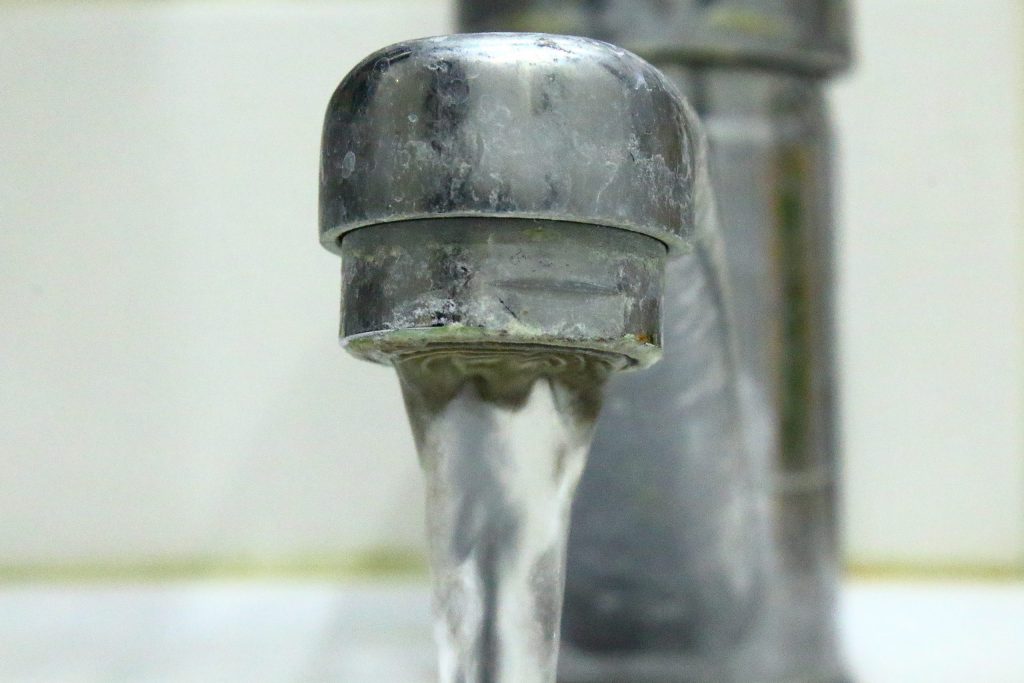Federal PFAS limits are far lower, more expansive than current Wisconsin standards
Today the Environmental Protection Agency issued its first ever proposed limits for PFAS (per-and-poly-fluoroalkyl substances) under the Safe Drinking Water Act—limits that are far below those enacted by the State of Wisconsin late last summer.
“EPA based these public health protections on the latest science, and we appreciate the Biden Administration’s leadership to make enforceable PFAS standards a priority,” says Clean Wisconsin Water Program Director Scott Laeser. “This is a significant step in the fight against PFAS contamination, and it comes after years of tireless work from researchers and safe drinking water advocates across the country.”
The proposed drinking water standards include two of the most well-studied and concerning types of PFAS, which is a class of thousands of chemical compounds. The two chemicals, PFOA and PFOS, have been largely phased out of production and use in the United States, but they are showing up in lakes, rivers, streams, groundwater and drinking water across Wisconsin, frequently at alarming concentrations.
“PFAS are some of the most persistent chemicals in existence. They are incredibly difficult to break down. That’s why they’ve earned the nickname ‘forever chemicals,’ says Clean Wisconsin Staff Scientist Paul Mathewson. “So it’s no surprise we’re seeing PFOA and PFOS, two chemicals first manufactured in the 1940s, contaminating Wisconsin waterways today. PFAS accumulate in the environment and in our bodies when we are exposed to them primarily through contaminated water, food, or dust.”
The proposed Federal drinking water standards for PFOA and PFOS are 4 parts per trillion (ppt) for each compound, far lower than Wisconsin’s own standard of 70 ppt combined, which took effect last August. Laeser says it was clear when those standards were passed that tougher limits would be on the way from the EPA.
“The good news is Wisconsin’s standards have spurred the widespread testing of municipal drinking water across the state that is long overdue. But when the Natural Resources Board arbitrarily weakened those standards in February, despite what the science indicated was appropriate, we knew Wisconsin would soon have to revisit them with EPA action on horizon,” Laeser says.
In its February 2022 meeting, the Natural Resources Board (NRB) also voted down PFAS limits for groundwater that had been recommended by Department of Natural Resources staff. Those limits would have offered some protection for the 1/3 of Wisconsin families who get their drinking water from private wells, which are not covered under the Safe Drinking Water Act. In December 2022, the NRB voted to start the process of setting groundwater standards for PFAS again.
The EPA’s proposed regulations also include four additional compounds left out of Wisconsin’s standards: PFHxS, GenX Chemicals, PFNA, and PFBS. To prevent health risks from mixtures of certain PFAS in drinking water, EPA is proposing that water utilities use a Hazard Index approach to regulate PFHxS, GenX Chemicals, PFNA, and PFBS.
While federal PFAS limits will ultimately replace those enacted at the state-level, Laeser says it’s important to understand that the standards released by the EPA today are not final. And while the EPA hopes to wrap up this process quickly, he says the risk of delays caused by polluters intent on avoiding responsibility for PFAS contamination is real.
“Every step of the way, manufacturers and chemical companies that have put these dangerous chemicals into our environment and our bodies have fought accountability and action to protect families,” he says. “It is essential EPA move quickly to finalize these standards. If these companies and the special interest groups that represent them care at all about public health, they can take a simple step; get out of the way.”
Clean Wisconsin is also calling for water standards addressing more types of PFAS and action to address grease-resistant food packaging that contains the chemicals.

